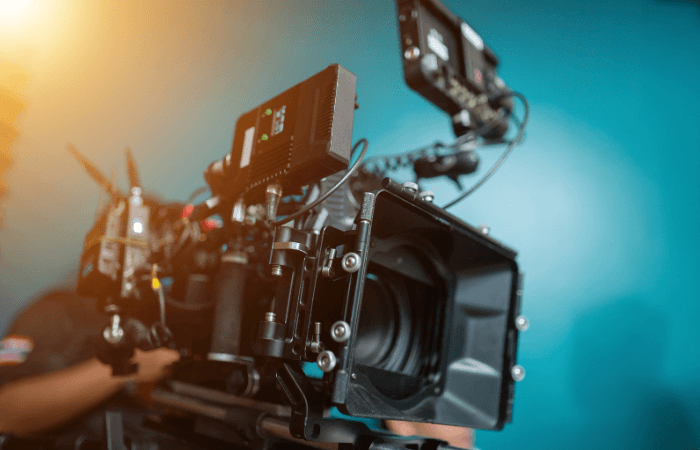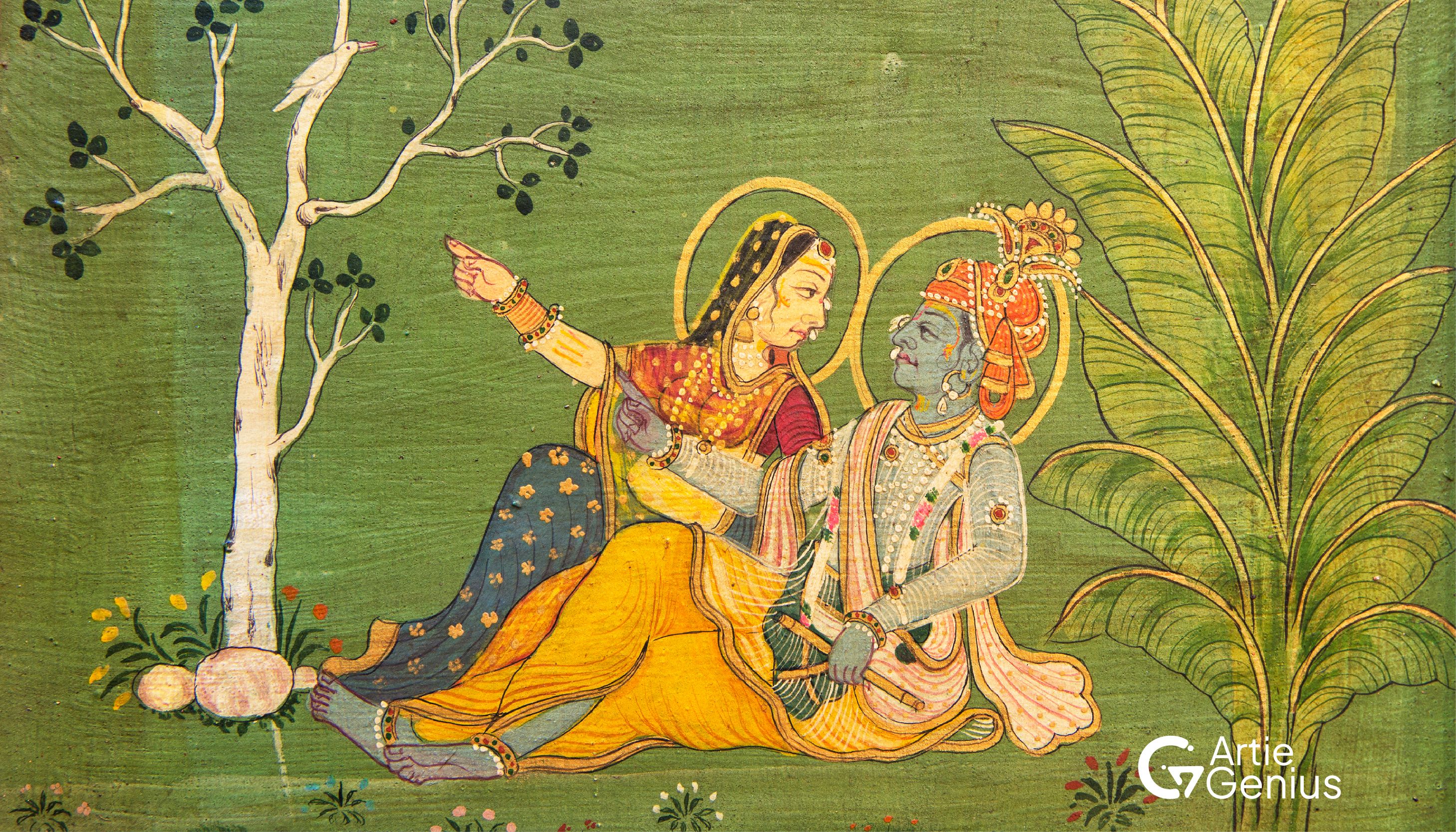Cinematography is the art and craft of capturing moving images on film or digital media. It involves the use of cameras, lenses, lighting, and various techniques to create a visual narrative that complements the story being told. For anyone interested in filmmaking, understanding the basics of cinematography is essential. In this guide, we'll explore the fundamental aspects of cinematography, providing you with a solid foundation to start your journey into the world of visual storytelling.
1. Understanding the Role of a Cinematographer
A cinematographer, also known as a director of photography (DP), is responsible for the visual look of a film. They work closely with the director to translate the script into images, deciding on the composition, lighting, camera movements, and overall aesthetic. The DP ensures that each shot supports the story, evokes the right emotions, and maintains visual continuity throughout the film.
2. The Camera
At the heart of cinematography is the camera. Understanding how to use a camera is crucial for any aspiring filmmaker. Here are some key components and concepts to get familiar with:
Types of Cameras: There are various types of cameras, including DSLR, mirrorless, and professional cinema cameras. Each has its advantages and is suitable for different kinds of projects. Resolution: This refers to the clarity and detail of the image. Common resolutions include HD (1920x1080), 4K (3840x2160), and 8K (7680x4320). Frame Rate: This is the number of frames captured per second. Standard frame rates include 24fps (film), 30fps (TV), and 60fps (high-motion scenes).
3. Lenses
Lenses are vital to cinematography as they influence the field of view, depth of field, and overall look of the image. Here are some lens basics: Focal Length: Measured in millimeters (mm), this determines the angle of view and magnification. Wide-angle lenses (e.g., 18mm) capture more of the scene, while telephoto lenses (e.g., 200mm) bring distant subjects closer.
Aperture: Represented by f-stops (e.g., f/2.8), the aperture controls the amount of light entering the lens. A wider aperture (lower f-stop number) allows more light and creates a shallow depth of field, resulting in a blurred background.
Prime vs. Zoom Lenses: Prime lenses have a fixed focal length, offering superior image quality and low-light performance. Zoom lenses have variable focal lengths, providing flexibility in framing.
4. Lighting
Lighting is one of the most powerful tools in a cinematographer's arsenal. It sets the mood, enhances the atmosphere, and directs the audience's attention. Here are some lighting basics:
Three-Point Lighting: This is a foundational technique involving three light sources:
Key Light: The primary source of light that illuminates the subject.
Fill Light: A softer light that reduces shadows created by the key light.
Back Light: Positioned behind the subject to create depth and separation from the background.
Natural vs. Artificial Light: Natural light (sunlight) is abundant and free but can be unpredictable.
Artificial lights (e.g., LED, tungsten) provide more control and consistency.
Color Temperature: Measured in Kelvin (K), color temperature affects the mood of a scene. Daylight is around 5600K (cool blue), while tungsten lights are around 3200K (warm yellow).
5. Composition
Composition refers to how elements are arranged within the frame. Good composition draws the viewer's eye to the most important parts of the scene and enhances storytelling.
Key principles include: Rule of Thirds: Dividing the frame into a 3x3 grid and placing important elements along the lines or intersections creates a balanced and visually appealing image. Leading Lines: Lines within the frame that lead the viewer's eye to a specific point, adding depth and directing focus. Framing: Using objects within the scene (e.g., windows, doorways) to frame the subject, adding context and interest.
6. Camera Movement
Camera movement adds dynamism and emotion to a scene. Different techniques can convey different feelings: Static Shots: The camera remains still, often used for dialogue or to emphasize stability. Panning and Tilting: Rotating the camera horizontally (panning) or vertically (tilting) to follow action or reveal new information. Dolly and Tracking Shots: Moving the camera along a track or dolly to create smooth, continuous movement. Handheld Shots: Using a handheld camera for a more immediate, intimate feel, often used in action or documentary-style scenes.
7. Color and Filters
Color plays a crucial role in setting the tone and mood of a film. Cinematographers use various techniques to manipulate color: White Balance: Adjusting the camera settings to ensure colors are rendered accurately under different lighting conditions. Color Grading: Post-production process of enhancing or altering the color of the film to achieve a specific look.
Filters: Physical filters placed in front of the lens to modify the light entering the camera. Common filters include ND (neutral density) filters to reduce light intensity and polarizers to manage reflections and enhance colors.
Conclusion
Cinematography is a blend of technical skills and artistic vision. By mastering the basics of camera operation, lenses, lighting, composition, camera movement, and color, you'll be well on your way to creating visually compelling films. Remember, the most important aspect of cinematography is how it serves the story. Every choice you make should enhance the narrative and evoke the desired emotions in your audience. So grab your camera, start experimenting, and let your creativity shine!




